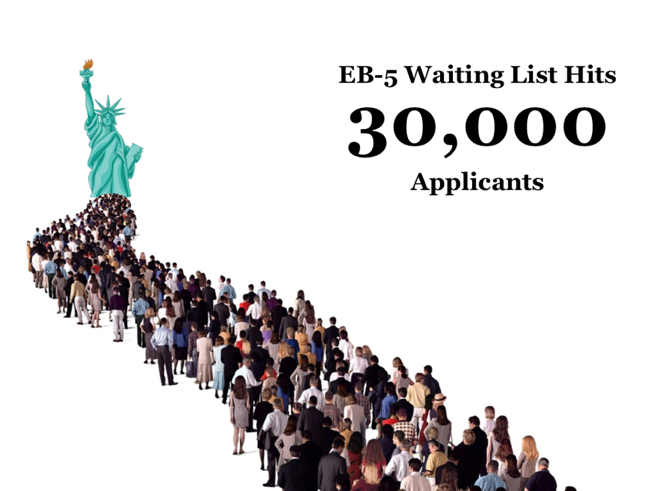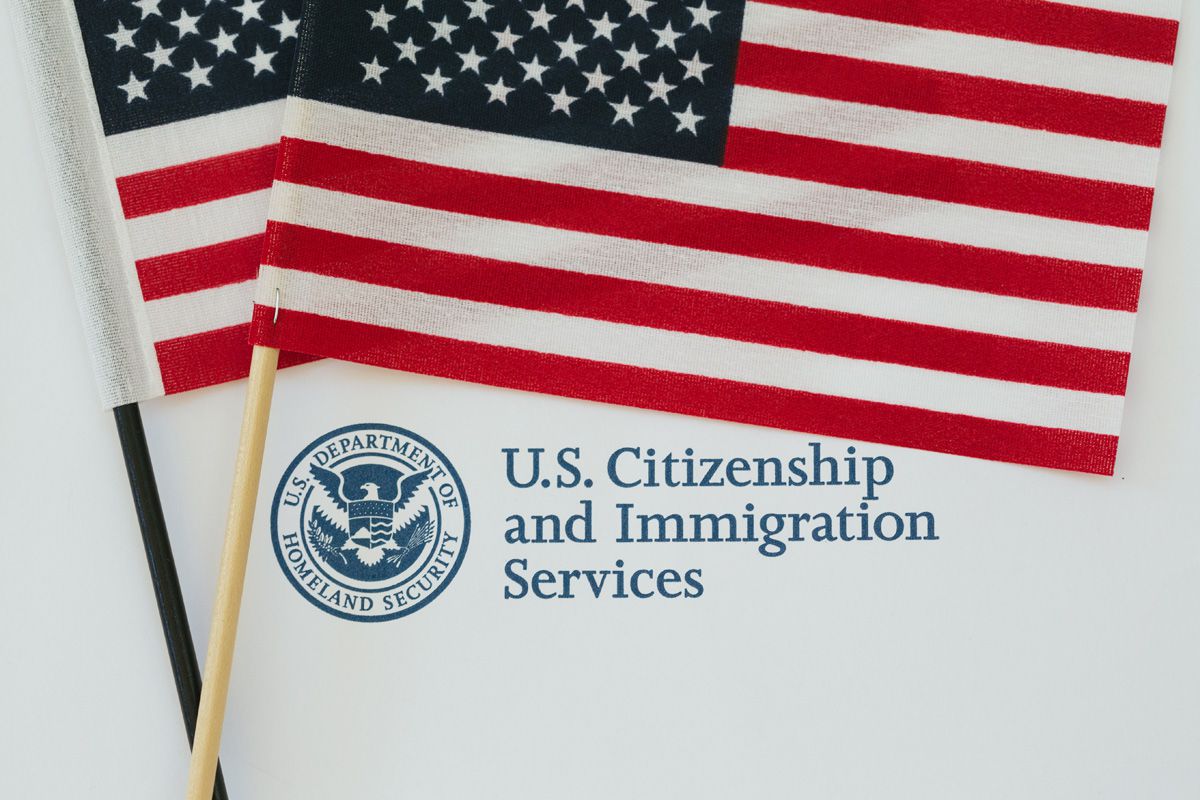FOREIGN INVESTMENT THE REAGAN WAY
First conceived by President Ronald Reagan, Congress created the USCIS EB-5 visa program in 1990 to "create jobs for U.S. workers and to infuse new capital into the U.S. economy". At that time the program was directed towards "alien entrepreneurs" who would not only invest $1 million or $500,000 in a "new commercial enterprise" but would also "engage in the management of the new enterprise" creating ten full-time jobs for lawful permanent residents. The original program was largely underutilized due to the complexities of starting a new business in a foreign country while trying to remain compliant with numerous regulatory requirements.
In order to make the program more investor-friendly, Congress amended the EB-5 program in 1993 to create what are now known as Regional Centers. The regional center structure permits pooling the investments of foreign nationals to support projects promoting economic growth and job creation. A regional center essentially assumes the job creation requirement on behalf of the foreign investor freeing up the investor to live, work, study, etc. with the same liberties as American citizens. The regional center is also often charged with the management of the investment including repayment.
Nevertheless, by 2010, foreign investors' use of the EB-5 program was far less than Congress had originally anticipated. In 2011, USCIS began making a number of changes to the program in hopes of increasing the number of applicants.
According to a Brookings Institution and Rockefeller Foundation 2014 report, starting in 2008 there was a renewed interest in the "under-utilized" EB-5 visa program as the number of wealthy investors in emerging markets abroad increased and the access to traditional domestic financing in the United States had decreased because of the Great Recession. Suddenly increasing domestic demand coupled with a more user friendly program culminated in more than 3,800 EB-5 applications by the end of 2011 compared to fewer than 800 applications in 2007.
THE TRAIN LEAVES THE STATION
The program, capped at 10,000 visas worldwide per year, reached capacity for the first time in August 2014 when the State Department stopped issuing EB-5 visas until the beginning of the next fiscal year, October 2014. By 2014, the number of EB-5 visas granted had more than doubled since 2009 includinga total of 9,128 to Chinese nationals out of a total granted of 10,692. Soon the Chinese phenomenon spread to Vietnam, India, and Brazil. The following chart based on most recent numbers published by USCIS depicts the dramatic increase in demand for the EB-5 visa since 2014.
The chart above reveals an even more dire result when one considers that each applicant uses 3 visas for family members on average. Given a cap of 700 visas per country in a given year, India with 1,167 applicants in FY 2018translates to a demand for 3,000 visas—more than 4 year supply.
SO HAS INDIA MISSED THE TRAIN?
Using the analogy of the Indian elephant in the context of EB-5, it took some time to get moving but once in motion it moved sure and fast and doesn’t appear to be slowing down.
And while the EB-5 visa process is taking longer than before, thanks to the Trump effect, it’s still much better than the alternative wait time for green cards under programs such as the H1-B work permit which now averages for Indians more than 15 years. It’s also important to note that early on the due diligence process for evaluating the security of investment wasn’t nearly as sophisticated as it is today. Therefore, investments are more competitive as is the security behind them.
So it’s not so much about missing the train but more about taking a different one. It might be slower but more likely to arrive on time. With the proper planning and structure EB-5 can still work brilliantly for those who can afford it.
DON’T DELAY
A final consideration is the political climate, not only in the United States, but the world over. Migration through investment is becoming much more common than ever before with record numbers moving from China, India, Brazil, etc. to places like the United States, Canada, Ireland and over 20 other countries offering such programs. The Times of India reported on May 10 that over 5,000 millionaires left India last year. A study by Morgan Stanley found that more than 23,000 have left since 2014. So demand is on the rise.
At the same time, most desirable nations are making requirements for immigration ever more stringent. Whether the news is about border walls or refugee crisis the tendency is to admit only the most desirable…the smartest, most talented, and the wealthy.
Legislation has been repeatedly brought by the regulators to increase the price of EB-5, make it tougher for projects to qualify, make the investor vetting process more sophisticated. So it’s not a matter of if, but when it will happen.
At the end of the day, if expanding your global footprint makes sense for you and your family there has never been a more important time to take a decision than now.




